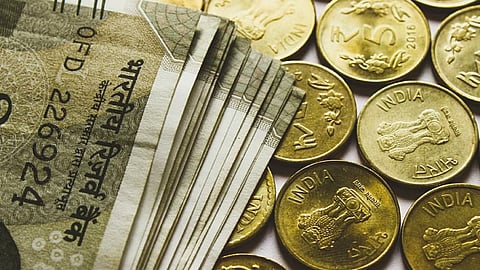

The Union Budget is just around the corner and one of the eagerly anticipated talk points is regarding the treatment of virtual digital assets (VDAs). The proposal in the last Budget to tax all VDAs at 30 per cent had disappointed investors and evoked mixed feelings in the crypto community. Finance Minister Nirmala Sitharaman stated that despite a taxpayer’s total income being under the threshold of Rs 2.5 lakh, gains from crypto would remain taxable. But, being categorised under the taxable subhead offered the ‘speculative asset class’ a legitimisation of sorts.
It was last year that India introduced the Central Bank Digital Currency (CBDC) on a pilot basis. The trial covering the wholesale segment was completed in November, where its use case was limited to settling secondary market transactions in government securities. It is expected to make the interbank market more efficient. The digital rupee for retail use cases was launched in December, with select customers and merchants. The CBDC will be issued in the same denominations prevalent for existing fiat currency, and payments will be executed via QR codes. The only difference being — the digital rupee won’t earn any interest.
In all, nine banks were assigned the task of the wholesale roll-out and four were selected for the retail pilot. Mumbai, New Delhi, Bengaluru and Bhubaneswar are the four cities where this trial is underway. Although this has put India in the league of economies dabbling in CBDC, many doubts prevail.
The RBI believes the digital rupee can be a viable alternative to cash as it can eliminate the intermediary and lead to a fast and efficient dispensation in the financial ecosystem. But, even as we thought India had gained confidence to effectively use UPI in a broad-based manner, the technological curve of the digital rupee, which is unencumbered by the presence of a banking intermediary, could push non-internet/smartphone savvy users away.
The move to embrace CBDC is happening at a time when India’s rather bumpy digitisation journey was getting streamlined with both the masses and the affluent sections shifting to popular e-wallets. India has already made significant progress reducing cash use with digitisation of its existing fiat currency. In fact, India made 48.6 billion real-time B2B payments in 2021, the most in the world and 40% of the global total, reports show. UPI processed 7.82 billion transactions in December, translating to Rs 12.82 trillion, a record high. On an annual basis in December, transaction volumes rose 71% while value surged 55%.
RBI Governor Shaktikanta Das has been categoric in his view about cryptocurrency as a serious threat to the integrity and stability of the country’s financial system, given that crypto functions in a speculative, decentralised space sans guarantees. The recent FTX fiasco has also provided critics with the necessary ammunition to warn the public on the potential hazards of crypto being employed as a conduit for financial crimes such as money laundering.
The Central bank has stated that it is its responsibility to provide citizens with a risk-free CBDC which will provide users the same experience of dealing in currency in digital form, without any risks associated with private cryptocurrencies. The launch of the e-rupee is also expected to push India’s fintech ecosystem to the stratosphere — thanks to the elimination of the maze of payment gateways. These promises are still in the beta testing phase as onboarding the masses will require a substantial push. And it remains to be seen how CBDCs will transform the narrative of India’s cashless journey in the days to come.
Visit news.dtnext.in to explore our interactive epaper!
Download the DT Next app for more exciting features!
Click here for iOS
Click here for Android